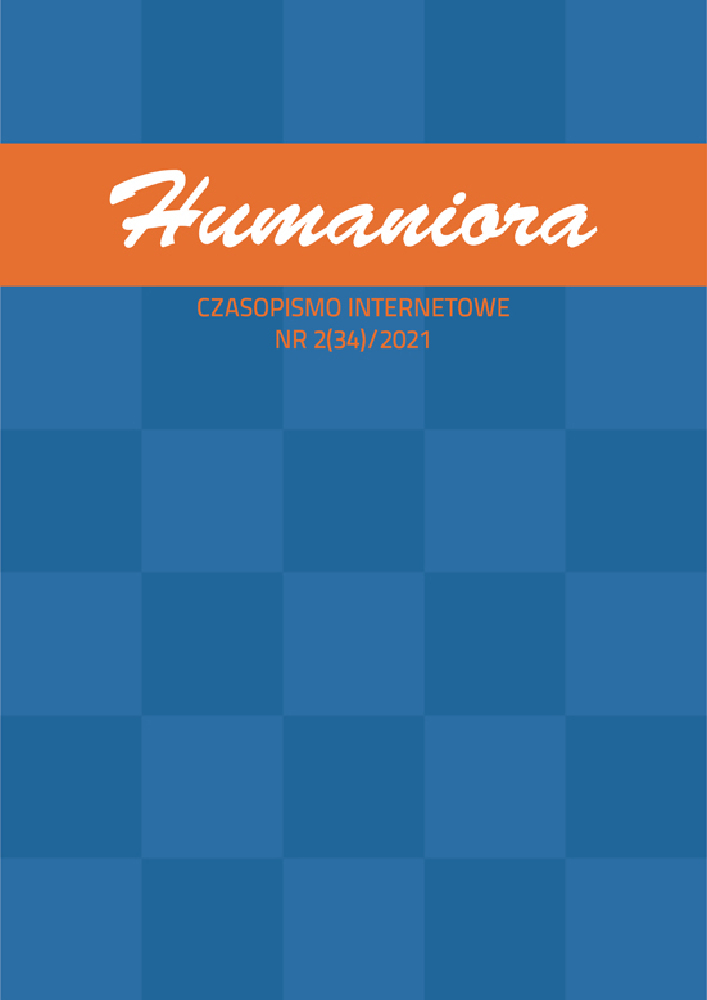Abstrakt
Pretense and play are present in a variety of religious traditions. They are used in religious thinking about the world as well as in ritual behavior. As a form of simulation, pretense and play are more than cultural forms because they occur in human and animal behavior. Simulation is based on complex cognitive and communicative processes and requires metacognitive and metacommunicative abilities. In religious practice, pretense and play tend to turn into serious and “authentic” behavior accompanied by the sense of reality characteristic for religious experience. It seems that the ability to cross the frames of pretense and play towards seriousness and authenticity is part of the logic of simulation. Categories of pretense and play can be used to explain the dynamic character of religious faith. The latter can be understood as shifting between two modes of experience: the reality mode (the world seen as “it is”) and the simulation mode (the world of “as if”).
Bibliografia
Bateson G., Steps into the Ecology of Mind, Ballantine Books, New York 1972.
Bellah R.N., Religion in Human Evolution: From the Paleolithic to the Axial Age, Belknap Press, Cambridge, Mass., London 2011.
Droogers A., Play and Power in Religion: Collected Essays, De Gruyter, Berlin 2012.
Handelmann D., Models and Mirrors: Towards an Anthropology of Public Events, Berghahn Books, New York 1998.
Handelmann D., Play and Ritual: Complementary Frames of Meta-Communication, w: A.J. Chapman and H.C. Foot (red.), It’s a Funny Thing, Humour. Proceedings of The International Conference on Humour and Laughter 1976, Pergamon Press, Oxford 1977.
Huizinga J., Homo ludens. Zabawa jako źródło kultury, Wydawnictwo Aletheia, Warszawa 2007.
Lindquist G., Shamanic Performances on the Urban Scene: Neo-Shamanism in Contemporary Sweden, Stockholm 1997.
Luhrmann T.M., How God Becomes Real: Kindling the Presence of Invisible Others, Princeton University Press, Princeton and Oxford 2020.
Luhrmann T.M., When God Talks Back: Understanding the American Evangelical Relationship with God, Alfred A. Knopf, New York 2012.
Martin P., Caro T.M., On the Functions of Play and Its Role in Behavioral Development, „Advances in the Study of Behavior” 1985, no. 15.
Pascal B., Myśli, Pax, Warszawa 1989.
Pellegrini A., The Role of Play in Human Development, Oxford University Press, Oxford 2009.
Potocki A., Niewierzący a praktykujący. Materiały do refleksji nad pozorną aktywnością religijną, „Przegląd Socjologiczny” 2009, nr 58(1).
Scott M., Malcolm F., Religious fictionalism, „Philosophy Compass” 2018, 13(3).
Seligman A.B., Weller R.P., Puett M.J., Simon B., Ritual and its consequences: An essay on the limits of sincerity, Oxford University Press, Oxford 2008.
Sztajer S., Pojęciowa konstrukcja świata religijnego. Przekonania religijne a procesy poznawcze, Wydawnictwo WNS UAM, Poznań 2018.
Sztajer S., Techniki indukowania doświadczenia religijnego na przykładzie chrześcijaństwa ewangelikalnego, „Przegląd Religioznawczy” 2017, nr 2(264).
Turner V., From Ritual to Play: The Human Seriousness of Play, PAJ Publications, New York 1982.
Versteeg P., Playing Religion? Experience, Meaning and the Ludic Approach, w: A. van Harskamp i in. (red.), Playful Religion: Challenges for the Study of Religion, Eburon, Delft 2006.
Licencja
Czasopismo oraz wszystkie zamieszczone w nim materiały są powszechnie dostępne i mogą być wykorzystywane do celów naukowych, edukacyjnych, poznawczych i niekomercyjnych bez konieczności uzyskiwania każdorazowej zgody autorów i redakcji. Nadesłanie artykułu do publikacji traktowane jest jako zgoda autora na udostępnienie swojej pracy i informacji w niej zawartych do powyżej wymienionych celów. W takich przypadkach należy jedynie wskazać źródło, z którego zaczerpnięte zostały informacje. Pobieranie opłat za dostęp do materiałów zawartych w czasopiśmie lub ograniczanie do niego dostępu jest zabronione.
Przesyłane do redakcji teksty muszą stanowić oryginalne prace, uprzednio nigdzie niepublikowane ani nie przedkładane innym redakcjom lub wydawcom. Autorzy nadsyłanych artykułów ponoszą odpowiedzialność za uzyskanie zezwoleń na publikowanie materiałów, do których prawa autorskie są w posiadaniu osób trzecich. Publikacja materiałów chronionych prawem autorskim jest możliwa pod warunkiem uprzedniego dostarczenia przez autora do redakcji pisemnej zgody właściciela praw autorskich.





